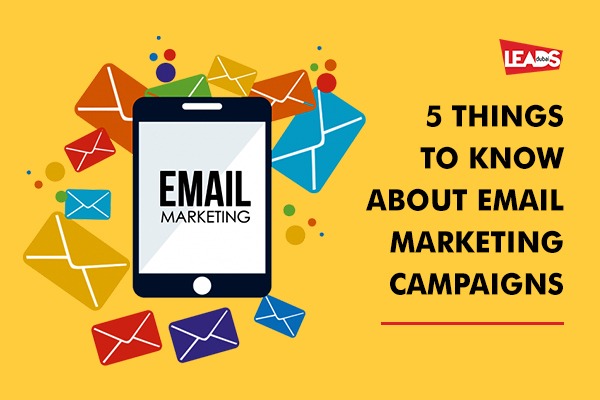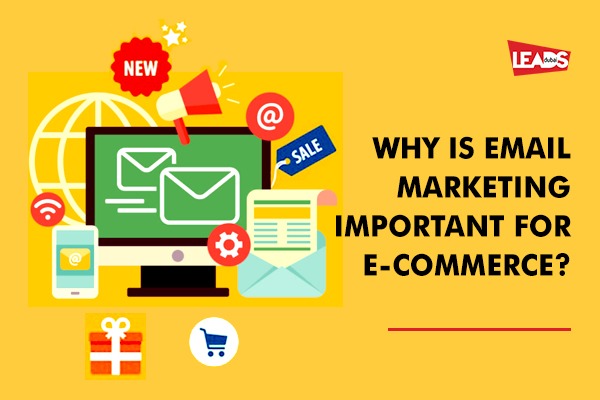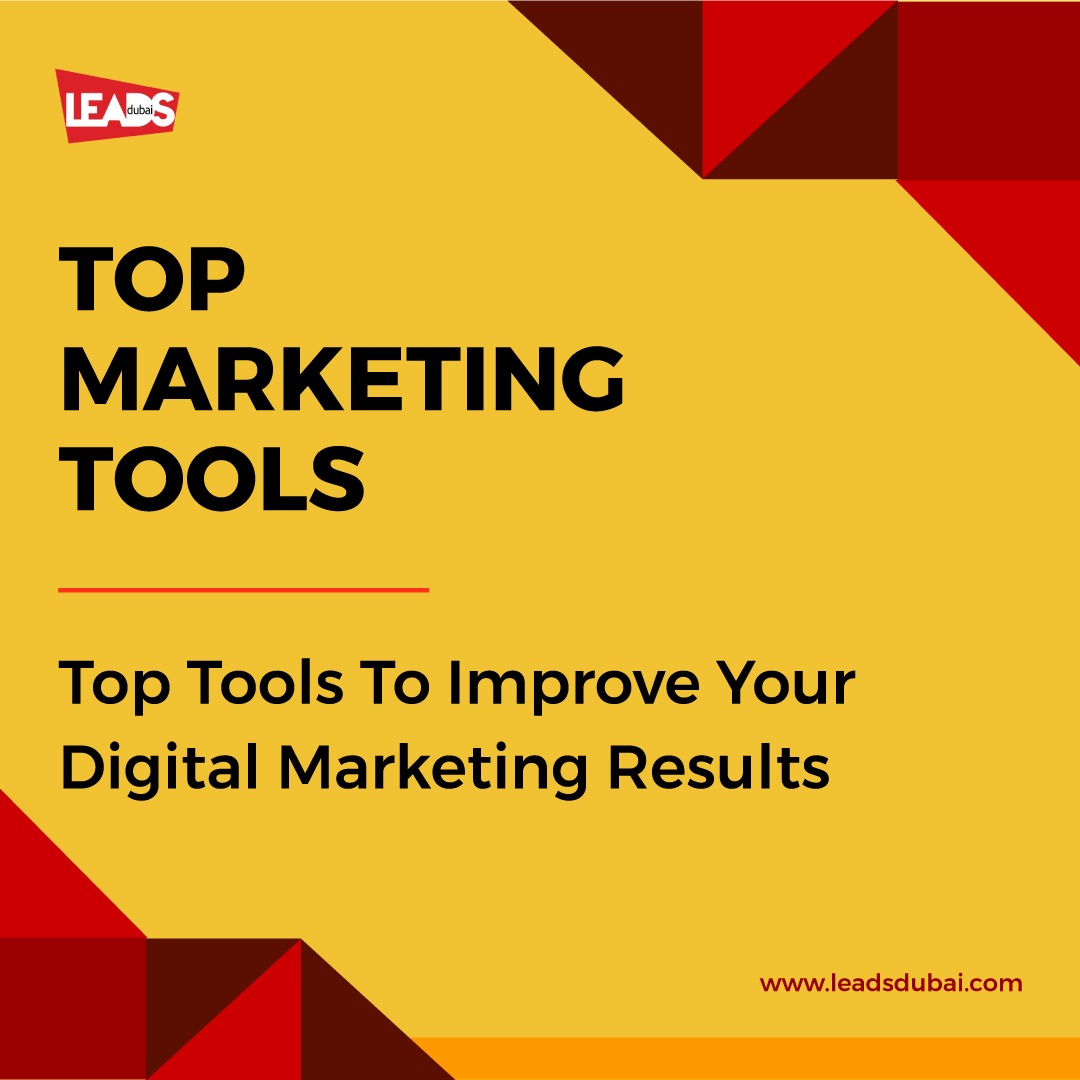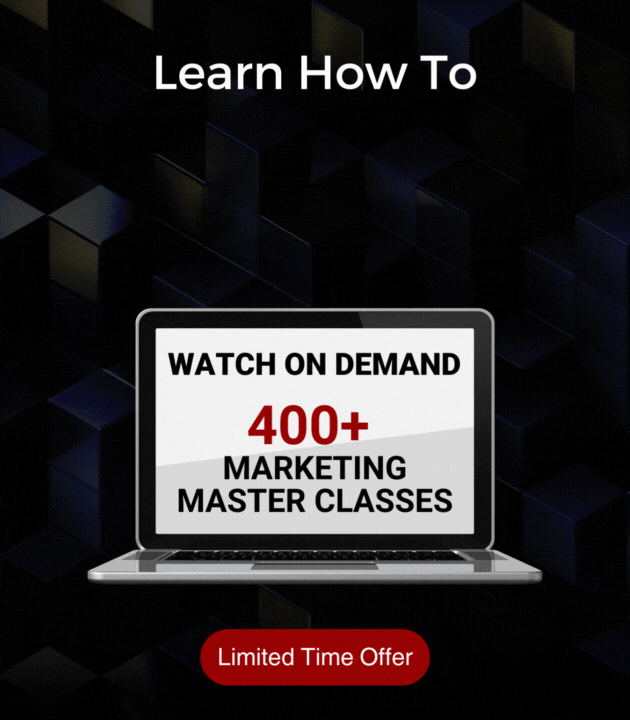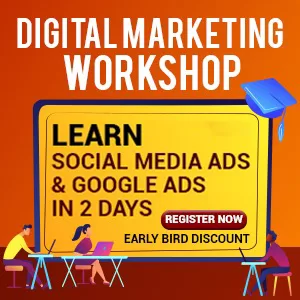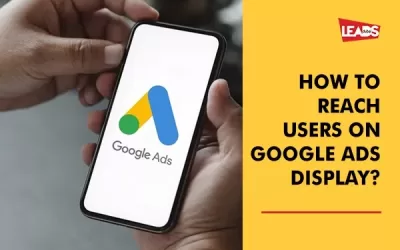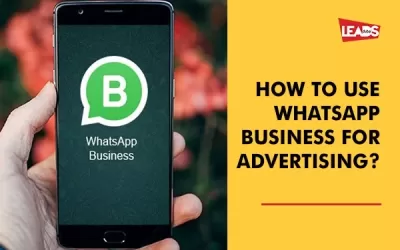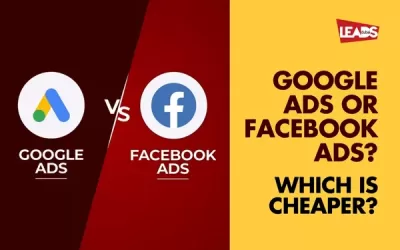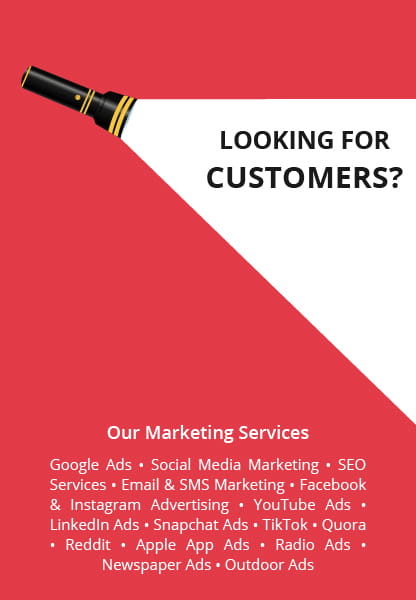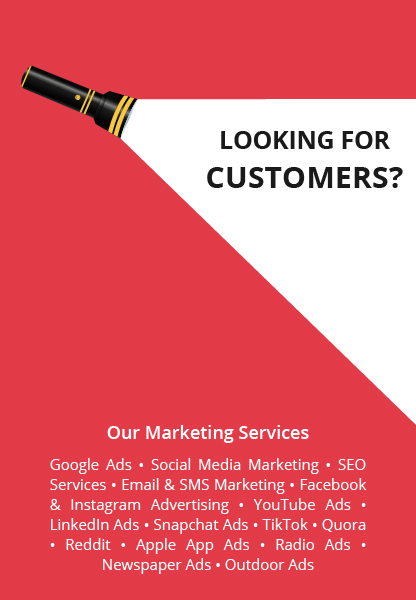Mastering the art of email marketing is essential for businesses seeking to connect with their audience and drive meaningful engagement. At Leads Dubai, we understand the power of effective email marketing campaigns and have compiled a comprehensive list of the “50 Best Practices for Email Marketers.” Whether you’re a seasoned email marketer or just starting out, these best practices will help you optimize your campaigns and achieve better results. Follow these 50 Best Practices for Email Marketers.
- Decide on your mantra: In a nutshell, your team should always be reminded of what they are working on and share it with their boss. It should be a crisp and short response to questions like, what is the next project, or what is your team up to? The answer should be a specific example- we are working on a new strategy of email marketing to attract and inspire new customers.
- Get cross-department/team involved – share your ideas, visions, and objectives with advertising and marketing teams and executives. This practice is very helpful it will allow you to have a bigger perspective and understanding of the future goals of the business and where you all can meet.
- Goals should be customer-oriented-once you know what your vision is regarding the email program the next thing is setting your customer-focused goals. The emails should be beneficial to the customers. Adding customer service to your priority list to attract with more customers over the time.
- Walk with your marketing organization– It’s better to collaborate than be in conflict with cross-functional teams like the content-creating team, leaders, marketing heads, social media managers, and others. Your email program should lay down its steps, to all the related teams so the workflow is maintained and there will be no challenges.
- Deep dive into history- know what steps and strategies have worked before. Know that you have to do better than in previous programs. Analyze the data to know where customers responded and where to improve. Understand the history to answer the questions like what helps customers and what leads them to unsubscribe.
- Understand your objectives – Know your targets, and what number you are trying to achieve. Do you want a 10% increase in subscription over 1 year? Are you planning to reduce unsubscription or want more conversions? A perfect understanding helps you take the right steps. sending too many emails without knowing what your objectives really are would have a negative effect.
- Identify your KPIs- It is important for you to set a benchmark for example measure list growth or the conversion rates time etc. Your KPIs will decide how much effort you are putting into sending those emails and trying to get the results. Get data feedback, and know all about the conversion and customer lifetime value.
- Actions based on data- your actions and steps should rely regularly on data and insights you have collected in past. If something worked for you find out how you can apply it to other emails you are ready to send to your customers.
- Keep track of your progress- Examine the performance of your emails on a regular basis. Examine the aggregated top level, categorical campaigns, and individual email sends. Determine which ones are generating the most engagement. Incorporate what works into other campaigns. Contrast your findings to the second-step benchmarks Please share your thoughts and insights with partners from other parts of the organization.
- Make amendments- with data and insights you know where do things go wrong last time and where you need to make changes and adjustments. A different approach can help you reach your objectives. Change your direction towards the steps and tactics that work the best. You can always remove and correct things that failed. Make a proper plan to meet your goals and overcome the challenges.
- Unsubscribe is also important – Letting go of customers is hard, but make the option of unsubscription easy and pleasant for your customers. They should be to opt out with one click rather than be redirected to other pages. Also, provide the option of controlling preference like content type and frequency. You would rather have unsubscriptions than spam complaints.
- Ask for permission- Be clear about what the customers are opting into. Always ask for permission to send emails like promotional, news, and other types. Inform them about how the permissions will be used and keep opt into box unchecked by default so it gives them the choice. While collecting data like name, address, and identification proof inform them about how you will use it.
- Disclose your offers- set exepectations, what can a customer expect and get in exchange of them opting in to provide their information. Tell them why your emails are valuable and how you are going to satisfy at most. Also send a confirmation email for them to opt in to the advantages you are ready to offer.
- Filter your customers- let the customers who has zero or negligible engagement go. Do not send the same email to them as other subscribers in your database. If its more than 90 days and you got no click or conversion, automate the process of sending them one or two mail in a month to win them back and save your time and effort.
- Higher quality than increased quantity – Focus on quality subscribers and send them quality content instead of a higher number of subscribers who have no interest and emails that are just some pictures and text. know your target audience better to give what they desire.
- Look out for your IP address – If you send an email to every prospect in your database right away, spam filters will raise a red flag. Begin with your best lists to establish a reputation. During the first week, keep volume proportionately low. This allows you to identify problems with email bounce regarding initials that are sent. Next, devise a strategy for increasing sending volumes until you reach your target.
- Let them know that you care– Email Marketing and Email messages are the best media through which a brand can really connect with its customers and can fall back on them in difficult situations. Show your audience that you are ready to address their issues with helpful resources.
- Consistency is the key- regularity of the volume and frequency of emails in your program is critical. After warming up your internet providers and IP address you can send emails through each.
- Review your practices- Be your own critic, review your bounced emails and their rates, looking at them carefully will help you understand red flags and warning signs to not repeat them.
- Set up authentication – Email authentication ensures that the email sent by your company is truly from you. It safeguards your reputation against spammers posing as your company. Your email service provider can assist you in establishing rules that govern how your emails are sent, preventing fraudulent senders from impersonating you. Most mail servers do this using systems such as Sender Policy Framework, DomainKeys, or DomainKeys Identified Mail.
- Stick to a methodology– Business, technology, and creative development helps you to get a good design for your email. Choose a methodology, and mix up the framework, teams, strategies, and workflows to maintain creativity and innovation.
- Keep it mobile-friendly– Your email should look great on any device whether it’s a PC or mobile. Every client should have a great email whether they are opening it on their smartphones or laptop. An elegant email experience is expected with initials, links, and web pages. Everything is on smartphones so you must work accordingly.
- Choose your template– After deciding on the content you want to send choose and plan your template design with a great modular design that enhances your vision and keeps it real. An efficient layout is important. Determine whether you will need one template having all the modules that will fit or you have to plan differently the templates according to the communication type.
- Pictures speak for themselves– images and visuals are needed to express the purpose of context and content. Use imagery to touch your client’s heart and their feeling, this improves communication functionality. It makes the email vibrant giving excitement to the text. PS- Beware of stock photography that does not fit right with emails.
- Each email is a step- keep in mind the journey, every email makes you closer to the goal you determined. Design every email received by customers that meet their expectations. Your emails should be easily recognized and differentiated between onboard email, newsletters, offer email or password reset. The content and design should be consistent with the goals.
- Highlight your CTA– The Call to Action box should be focused on for better response. Highlight it with other fonts, colors, text, and design. The purpose will be clear to the readers. Highlightin the CTA will help them act on it quickly.
- Preview and review -You most likely previewed each message before sending it. Make certain that the process takes into account all possible variables. Check the various permutations if you include different content. Create a checklist to review everything as you check your message if it is complex.
- Break the email- dividing the email into points and parts will help customers get what they are looking for. Customers have tendencies to look for particular points and parts that seem important to them. Check the readability of the emails and separate them into bullet text and short paragraphs.
- Check the emails for weak connections– You only get less than 10 seconds to grab customers’ attention. Check it if in weak connection and without the image loading the email is relevant and the contents are right. Have a look at the CTA box is it appearing?
- Be inclusive- your content of the email should appeal to everyone. But you should consider an individual’s needs. Make your email accessible to all with designs having white or black backgrounds, different colors and text, and alt tags.
- Stories do the magic – your core values and messages should be presented to the customers as compelling narrative. What is the story of your brand? You can write about your brand’ relevance, uniqueness, its origin etc.
- Stay relevant – place yourself as your customers, ask yourself why would they like to receive your messages, and what value does it add? Does the message contents appeals to them, is it what they want? Maintain your relevance by focusing on what customers need instead of selling.
- Simple is the best – Keep your message and what you are trying to convey simple. Do not put everything in one email. Divide the message in points and make it streamline. It is alright to send an additional email and take help of other teams.
- Maintain your rhythm – when you communicate with a subscriber you are connecting with him/her. You must meet the expectations you have set. Let them know your brand better through the contents of the message. You need to maintain the schedule, look, feel and voice of your brand to help readers know what they should expect from your emails.
- Keep the readers hooked- grab the attention of the customer. Short and sweet, or medium-length messages have higher opening rates in comparison to lengthy messages. The length and points are important factors in conversion rates. Subjects need to be less than 50 characters, but this also depends on the device and service providers.
- Set a content hierarchy – your readers should be able to answer, what, why, and how after looking for a few seconds into the email. The most important message should be visible on top before the scrolling. Ensure that your readers are properly guided to move on to the next points in your content and that the question of why is also answered.
- Strong CTA derives amazing results – specific and relevant call to action is important. Make it irresistible for your customers to click on it, it can be a prompt to visit social media handles or websites, a limited-time offer, and an invitation to an event.
- Add a Preheader– The email preview has a preheader following the subject line which is more important than the subject line itself. It can be used as a summary of email content or as a call to action. Note:It should be relevant to subject line and needs to be less than 100 characters.
- Review your content queue-When your company — or the world — undergoes significant change, it’s critical to review your content queue to ensure you’re saying the right things. Certain brand messaging may be interpreted as insensitive during a crisis. Understanding your customers and the cultural moment is essential for effective communication, regardless of what is going on in the world.
- You can never limit the tests– you have to test your body, content, images, preheader, subject, and CTA again and again. You can experiment on days and times you send and email. This helps in comparison of performance of different time, subject, heading etc. This is a A/B testing method for obtaining the data of how customers respond to different email contents, points, length, subject and design. You can stick to the most beneficial test but can also run another test to make things exciting.
- Map the customer-lifecycle- Notice the most common experiences your customers enjoy. Collect the data when they like to hear from you and how they engage. These will help you determine which messages and content are optimal to use.
- Automation is your friend– Automation saves your time and efforts. It is used for onboarding, friendly messages on events, and re-engagement. The automation messages are sent to the perfect candidate for the live series and can be sent with newsletters and other messages. It makes your job easier.
- Respond to behavioral triggers– Be prepared to respond to the diverse behaviors of individual customers. Automate messages to re-engage customers who have abandoned their carts — abandoned cart messaging is a good example of this. Determine message frequency and content based on purchase cycles, customer behavior, and other subscriber data.
- Build a data framework– separate the data into categories and what you will need today and what will be used tomorrow. It helps you act easily when needed. A company needs to breakdown data to serve fi the specific departments.
- Be proactive– Helping your customers entails anticipating their requirements. You should proactively reach out to customers with everything they need to know, from important company news to changes to their accounts, to save them from endlessly searching for information. Proactive action can provide your customers with answers in an emergency and free your staff from answering the same questions repeatedly.
- Customer is the king– your center of work should be customer. Think about if you are customer than how would you like the brand to treat you. What will attract you towards product? Always try to put plan into action. Allow your favorite program to influence marketing.
- Make it personal– You have the customer information. You have a good understanding of your target audience. You can now personalise anything, from first names to complex messages tailored to each subscriber. Personalization does not have to be difficult in any case. Begin with what you have today and work your way up.
- Segmentation should make sense– segregate your customers by their product preference, lifetime value, and lifecycle. One category be your customers needs from your brand. Define your segments using creative briefs. The shared objectives will be benefiting from aligned segments.
- Find your sweet spot- your product, service, campaign, and content determines what constitutes your mail. The balance is created by automation tools that help you set actions, timing, and prospect behaviors.
- Get more out of transactional messages– it means e-receipts, orders, and shipping messages. These messages should be sweet and sweet which helps customers and gives you higher engagement. Apply creative designs and look at your emails.
So which of these 50 Tips on Email Marketing Content Best Practices are you following. Any favorites or new to contribute? Kindly comment below. Also check these Ecommece email marketing tips & 5 more email marketing tips.
Also check with us for our email marketing packages which we have for UAE and GCC markets
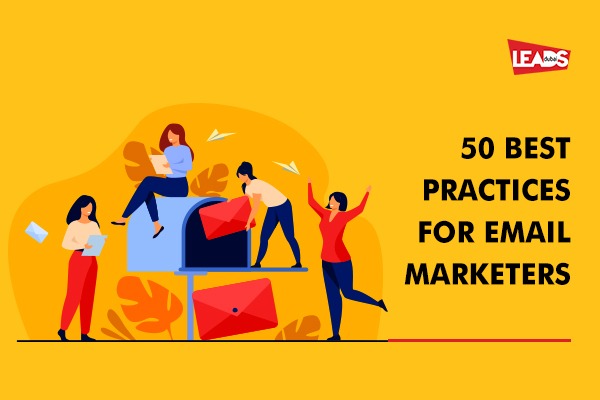

The author is a digital marketing specialist who has 7+ years of experience in the same field. With expertise skills and experience she aim to assist clients in best and possible ways to help and bring client goals a life! She loves to read and write about new updates on marketing to enhance knowledge and skills.
Contact Us
Our Services
- Google Ads
- SEO Services
- Email Marketing
- SMS Marketing
- Whatsapp Marketing
- Influencer Marketing
- Facebook Advertising
- Instagram Advertising
- Tiktok Advertising
- YouTube Advertising
- Linkedin Advertising
- Mobile App Marketing
- Pay Per Lead
- Outdoor Advertising
- Outdoor LED Ads
- Burj Khalifa Ads
- Metro Advertising
- Radio Advertising
- Newspaper Advertising
- Flyer Distribution
- Website Development
- Social Media Content Creation
Blog Categories
- Advertisement (12)
- Blog (416)
- Content marketing (4)
- digital marketing (1)
- Digital Marketing (19)
- Digital Marketing Training (7)
- Email Marketing (19)
- Facebook (40)
- Google Ads (62)
- Infographics (42)
- Instagram (9)
- Marketing Agency (3)
- Mobile Marketing (17)
- Outdoor Advertising (48)
- Press Release (9)
- Programmatic Advertising (1)
- Radio Advertising (1)
- SEO (42)
- Social Media Marketing (54)
- Testimonials (38)
- Website Design Development (15)
- Youtube (4)

